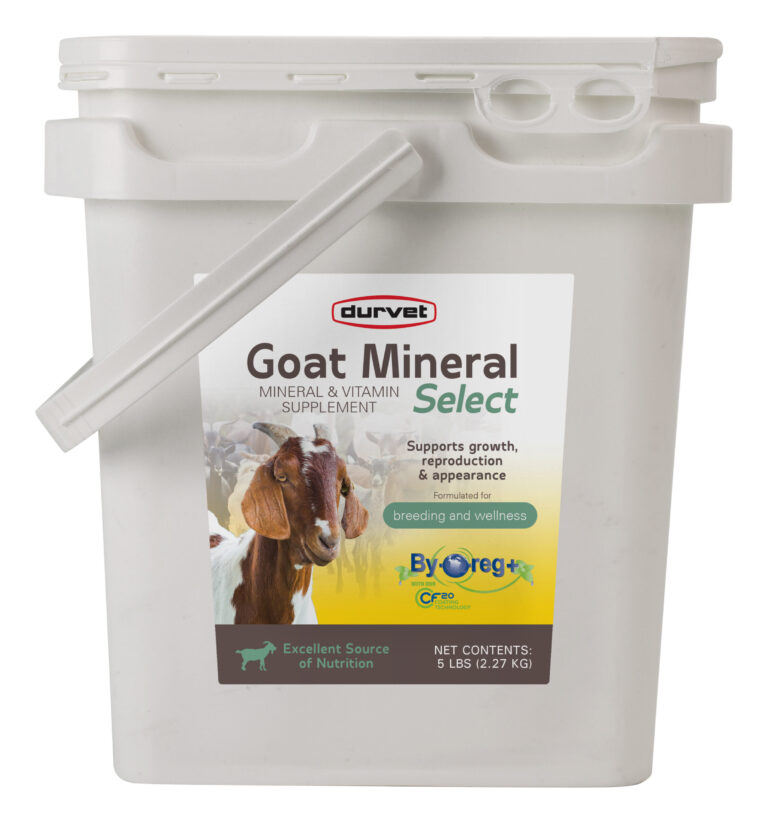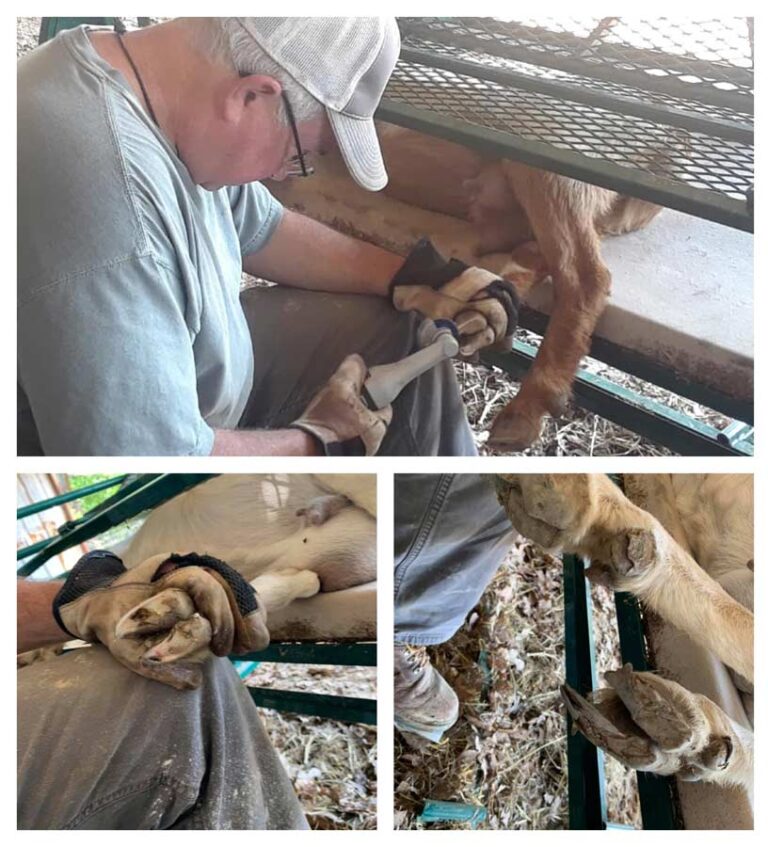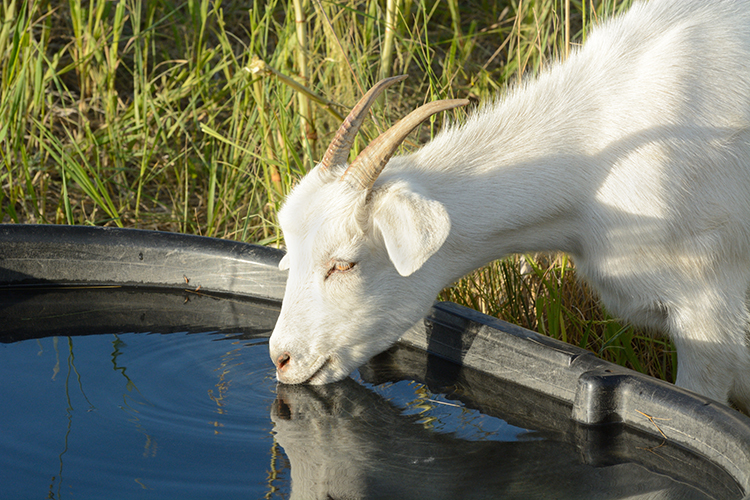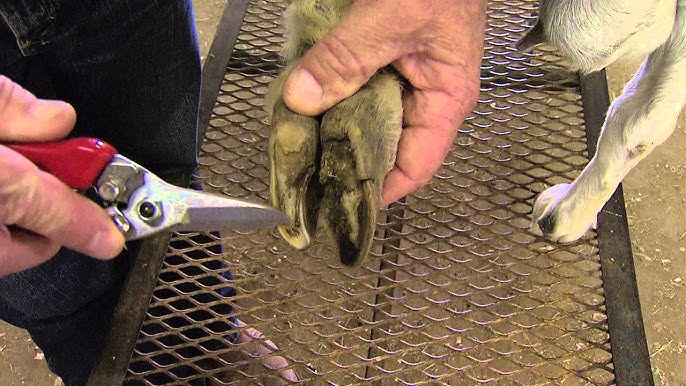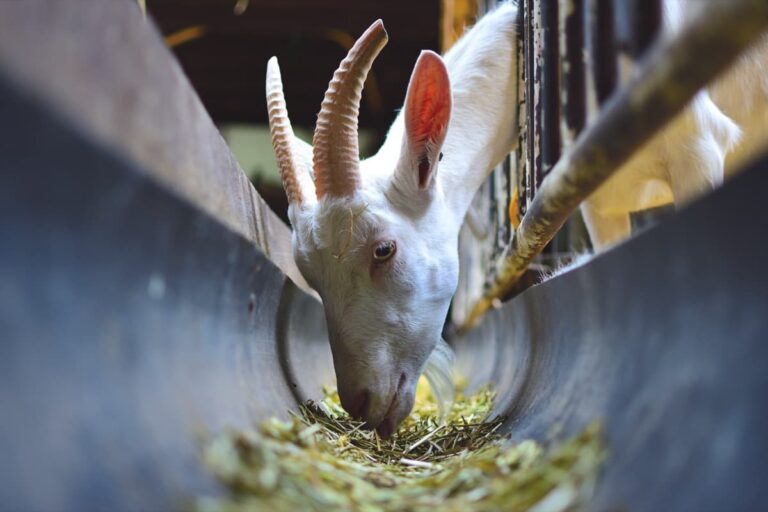Reproduction is the backbone of profitable goat farming. How you manage breeding directly influences productivity, genetics, and profitability. Farmers today can choose between natural mating and artificial insemination (AI); each with its own advantages, limitations, and suitability depending on your goals and resources.
This guide breaks down both methods in detail to help you decide which breeding system works best for your goat operation.
What Is Natural Mating?
Natural mating is the traditional method of breeding where a buck physically mates with a doe during her heat period. This can happen in free-range systems, controlled pen matings, or under supervised “hand mating” sessions.
It requires:
- A fertile buck
- A fertile doe in heat
- Physical contact between both animals
Natural mating is still the most widely used method on small and medium-scale goat farms worldwide.
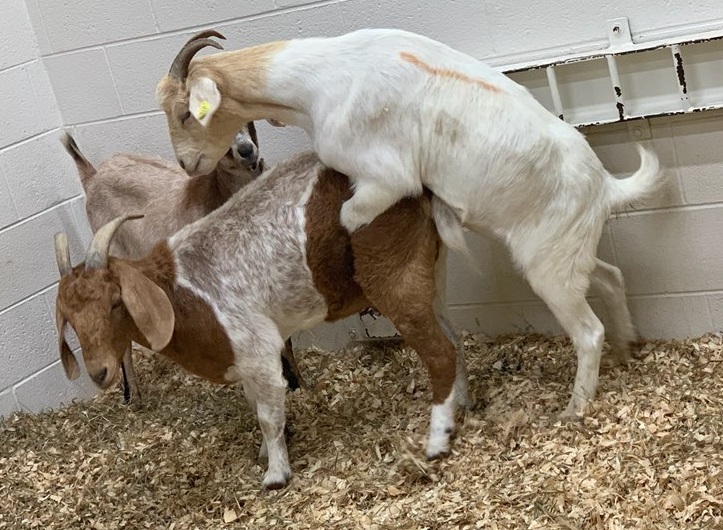
What Is Artificial Insemination (AI)?
Artificial insemination involves collecting semen from a buck and depositing it manually into the reproductive tract of a doe, using special equipment. AI can be done with fresh, chilled, or frozen semen and usually requires some form of heat detection or hormonal synchronization.
It is more common in:
- Dairy goat farms
- Breeding programs aiming to improve genetics
- Farms with limited access to quality bucks
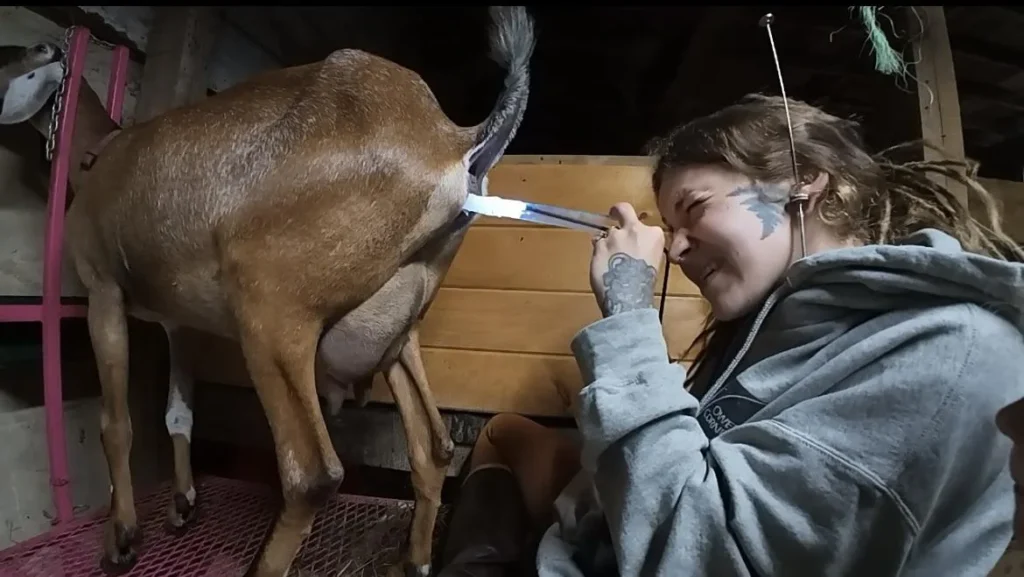
Pros and Cons of Natural Mating
Advantages
- Simplicity: No specialized skills or equipment are needed. Mating occurs naturally when the doe is in heat.
- Higher conception rates: Especially in well-managed flocks, natural mating often results in conception rates of 80–95%.
- No heat detection stress: The buck detects the doe’s heat more accurately than most farmers or technicians can.
- Cost-effective in the short term: Once you own or rent a healthy buck, there are minimal ongoing costs.
Disadvantages
- Disease risk: Natural contact can spread reproductive diseases like brucellosis, chlamydia, or caprine arthritis encephalitis (CAE).
- Genetic limitations: One buck breeds many does, so your herd’s genetic diversity may be limited, especially with poor-quality sires.
- Buck management: Maintaining a buck year-round can be costly and challenging. Bucks need good nutrition, housing, and separation during off-season periods.
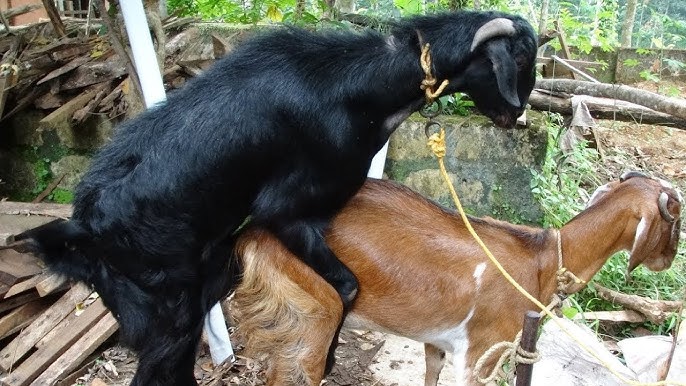
Pros and Cons of Artificial Insemination
Advantages
- Access to superior genetics: AI allows you to use semen from elite bucks, locally or globally, without owning them. This enhances growth rate, milk yield, or disease resistance in your herd.
- No disease transmission: When done with tested semen and sterile procedures, AI eliminates venereal disease risks associated with mating.
- Genetic planning: You can plan crossbreeding, avoid inbreeding, and improve specific traits systematically.
- No need to manage bucks: This saves on feeding, housing, and the risk of injuries or aggression from mature bucks.
Disadvantages
- Lower conception rates: Success depends heavily on accurate heat detection and proper timing. Average success rates range from 50–70%, especially with frozen semen.
- Requires technical skill and tools: AI needs training, precision, and equipment (e.g., speculums, insemination guns, and possibly hormones).
- Cost and availability: In some regions, semen, technicians, or AI training are limited or expensive, especially for small-scale farmers.
When Does Natural Mating Work Best?
- In low-tech or rural environments where AI access is limited
- For small herds, where keeping a buck is manageable
- When breeding for basic productivity rather than advanced genetics
- On farms without skilled labor for AI or heat synchronization
Natural mating is ideal for beginners, low-input systems, and situations where high conception rates are essential for tight breeding windows.
When Is AI a Better Choice?
- In intensive or commercial systems, especially dairy goat farms
- For genetic improvement programs aiming for long-term productivity gains
- When trying to introduce new bloodlines without importing animals
- If there’s concern about disease transmission from live bucks
AI is best suited for well-managed farms with access to training or reliable technicians, and for farmers who can track heat cycles and maintain good records.
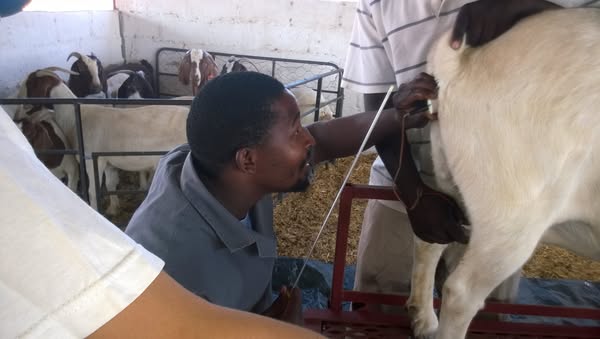
Can Both Be Combined?
Yes. Many farms use a hybrid approach:
- Use natural mating for first-time or routine breeding
- Use AI selectively to introduce superior genetics, especially for replacement stock or specific crossbreeding goals
- Use AI during off-seasons or when bucks are unavailable
This approach offers flexibility and cost control while gradually upgrading herd genetics.
Wrapping Up
Both natural mating and artificial insemination can work brilliantly when applied with purpose.
If your goal is sustainable reproduction and simplicity, natural mating may suit you best. But if you’re aiming for genetic improvement, disease control, or breed diversification, AI is worth exploring.
Whatever path you choose, success depends on healthy animals, proper nutrition, careful planning, and consistent recordkeeping. The breeding method is just a tool; what matters is how effectively you use it to build a productive, resilient herd.
Related:

